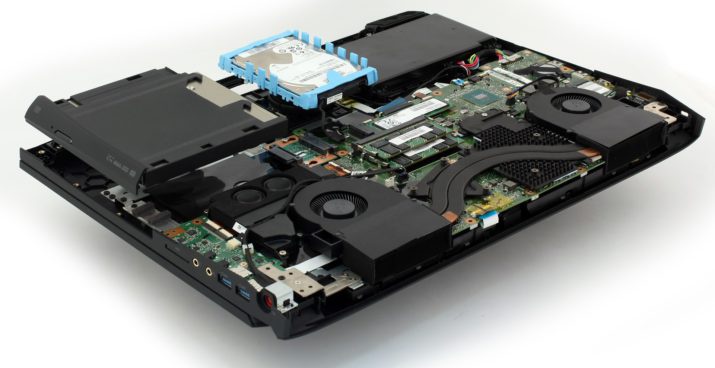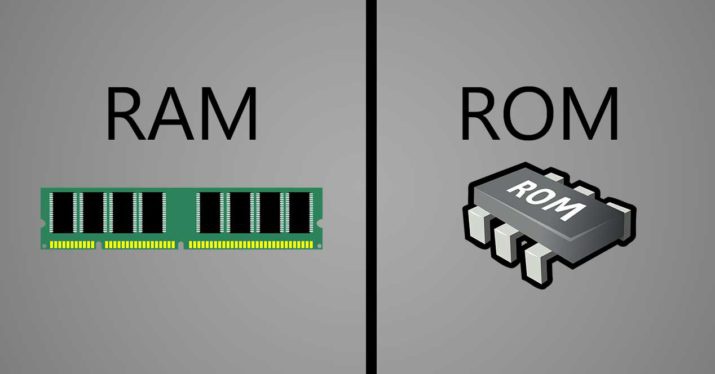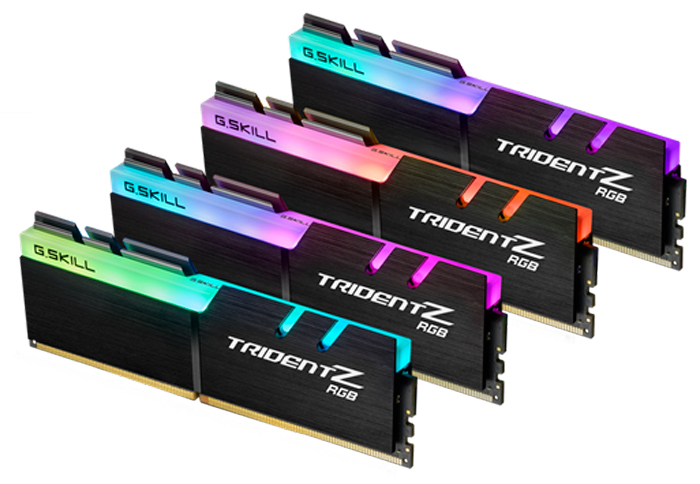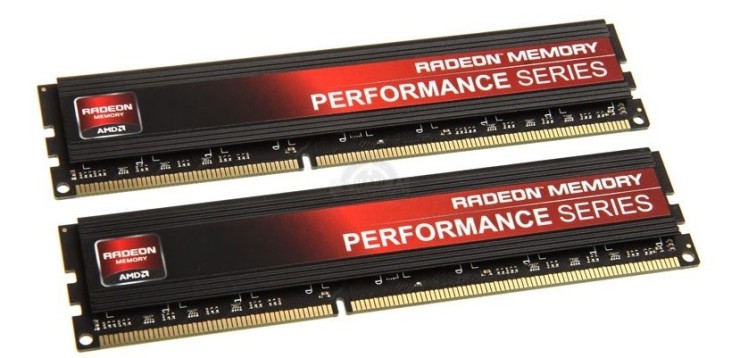Buying a Ryzen motherboard: Which Chipset, Manufacturer and RAM is right for you?
X370, B350 or A320: The AMD Ryzen is becoming ever more attractive to PC hobbyists for its significantly cheaper price than at release. We reveal which motherboard chipset you should get.
The Ryzen 1800X is the flagship of the new AMD processors. It will not be fun for users to use without a motherboard, though.
AMD Ryzen CPUs are a good choice for gamers, as the CPUs performed very well in tests. The performance is great, and the price is also appealing. For PC hobbyists, it is important to find useful combinations of board and motherboard, as well as RAM and graphics cards. AMD have three chipsets, on which basis users can choose matching motherboards. That would be the models X370, B350 or A320. This excludes boards for SFF systems (Small Form Factor) with an A300 chipset (X300 and A300). It is a less popular format, which is often found in office computers or mini PCs. The latter also applies for the A320. Although, through the focus on classical desktop systems, the chipset is, in our opinion, not left out.
The order of the chipsets corresponds to the descending request profiles of different users. The X370 is therefore tailored towards enthusiasts and the A320 to the simple average user. All motherboards for AMD Ryzen processors rely on an AM4 socket, just as with the previous generation of AMD processors and APUs (Advanced Processing Unit; Processors with integrated graphics). The X370 chipset does not support processors with integrated graphics, only the B350 and A320 can do this. It will be interesting when AMD releases processors from the Raven Ridge series in the beginning of 2018, which require video output on the board for each integrated graphics unit.
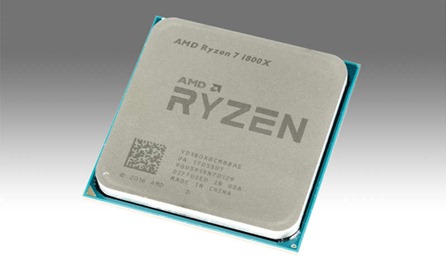

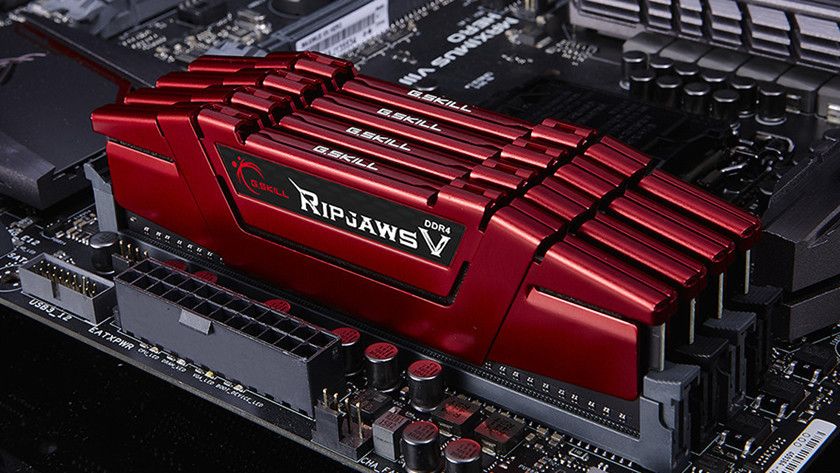 Eight years after the launching of DDR3 memory, JEDEC, the association responsible for the standardizing of engineering and technologies that are based on semiconductors, publicized the final specifications of the new standard DDR4 and its variant for mobile units, LPDDR4.
Eight years after the launching of DDR3 memory, JEDEC, the association responsible for the standardizing of engineering and technologies that are based on semiconductors, publicized the final specifications of the new standard DDR4 and its variant for mobile units, LPDDR4.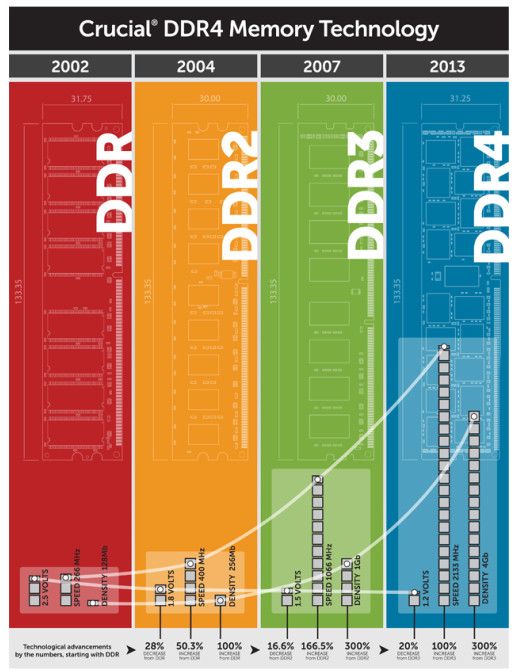
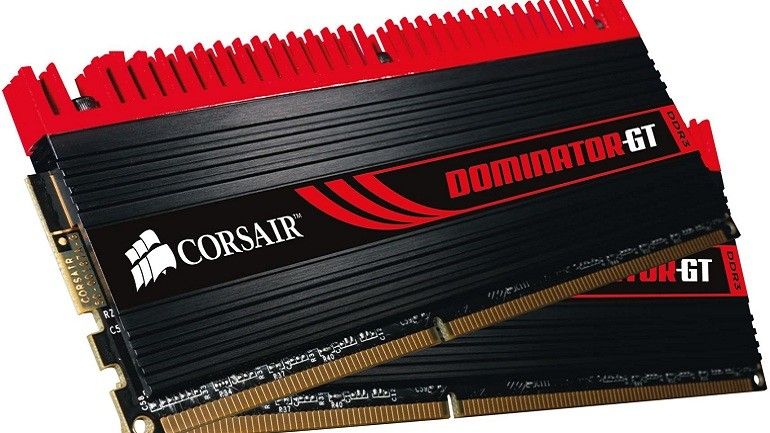 RAM is a vital component in any type of computer unit or system in a broad sense, and we can say without fear of error that its use depends to a large degree on the specific operating system that we use, as well as the applications that we use that system to run.
RAM is a vital component in any type of computer unit or system in a broad sense, and we can say without fear of error that its use depends to a large degree on the specific operating system that we use, as well as the applications that we use that system to run.